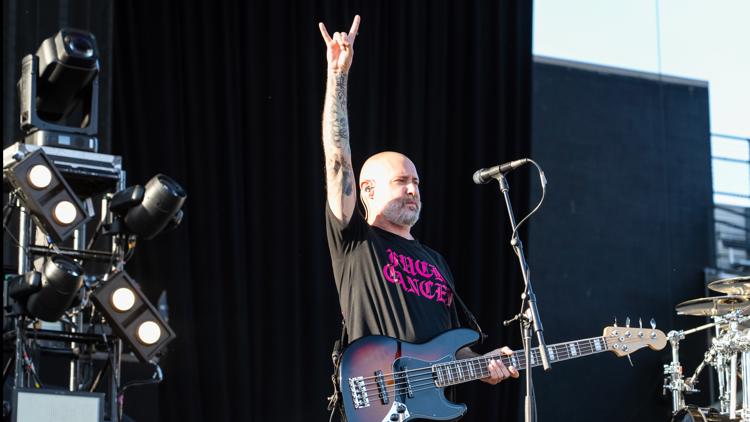UPDATE: Low-cost, soapy micro dramas are rapidly gaining traction in the US, creating fierce competition for major Hollywood streamers like Peacock and HBO Max. The rise of platforms such as DramaBox and ReelShort is reshaping the entertainment landscape, with these short-form series attracting millions of viewers primarily on mobile devices.
Micro dramas, originally popularized in China, are reshaping how audiences consume content. These bite-sized episodes, often lasting just one to two minutes, are designed for quick consumption and are pulling viewers away from traditional streaming services. According to a report by Bernstein, users are now spending more time daily on DramaBox than on major platforms like HBO and Peacock.
One standout figure in this emerging genre is actor Sam Nejad, who has starred in nine films this year, including the hit “The Billionaire’s Accidental Bride.” Nejad describes the experience as life-changing, noting, “I’ve played every character you can imagine. Right now it’s soap operas, but it’ll take over comedy. And action’s coming.”
These micro dramas are produced at a fraction of the cost of traditional films, typically ranging from $100,000 to $300,000 for a full-length movie. In stark contrast, major Hollywood productions often require budgets exceeding $200 million. As these low-budget dramas flourish, they are poised to generate $3 billion in revenue globally this year, nearly triple last year’s figures.
The industry’s shift is underscored by Fox Entertainment‘s recent investment in Holywater, a Ukrainian company behind the micro drama app My Drama. This represents a significant commitment from a major player in Hollywood to explore the potential of micro dramas as a new storytelling format. Rob Wade, CEO of Fox Entertainment, emphasized the need for studios to embrace this trend: “Every studio should be racing toward micro dramas. There’s an opportunity here to go out and tell stories that you otherwise couldn’t sell or make.”
Critics raise concerns about the quality of micro dramas, often characterized by cheesy production and reliance on non-union actors. However, as these platforms gain traction, they also create vital job opportunities in a struggling industry. With scripted TV orders down 25% and a 42% drop in TV writing jobs since their peak in 2022, many actors are turning to micro dramas for work. Nejad, for instance, has earned over $60,000 this year from his roles.
The appeal of micro dramas lies not only in their cost-effectiveness but also in their ability to engage younger audiences who are increasingly gravitating toward mobile content. As traditional TV viewing continues to decline, micro dramas provide an accessible and engaging alternative. Notably, the format’s success in China serves as a roadmap for potential growth in the US, where research indicates that three out of five internet users watch micro dramas.
As the industry adapts, it is clear that micro dramas represent both a challenge and an opportunity for Hollywood. With established companies like TelevisaUnivision planning to launch new minidramas and even tech giants like Meta testing the format on platforms like Instagram, the momentum is undeniable.
Looking ahead, insiders foresee a future where micro dramas could complement traditional media, with studios using these shorter formats to maintain viewer engagement between larger releases. The call to action for Hollywood is clear: adapt or risk becoming obsolete in a rapidly changing media landscape.
As this trend develops, the micro drama phenomenon is not just about entertainment; it’s a lifeline for many in the industry and a fascinating glimpse into the future of storytelling. Keep an eye on this evolving landscape as it continues to unfold.






